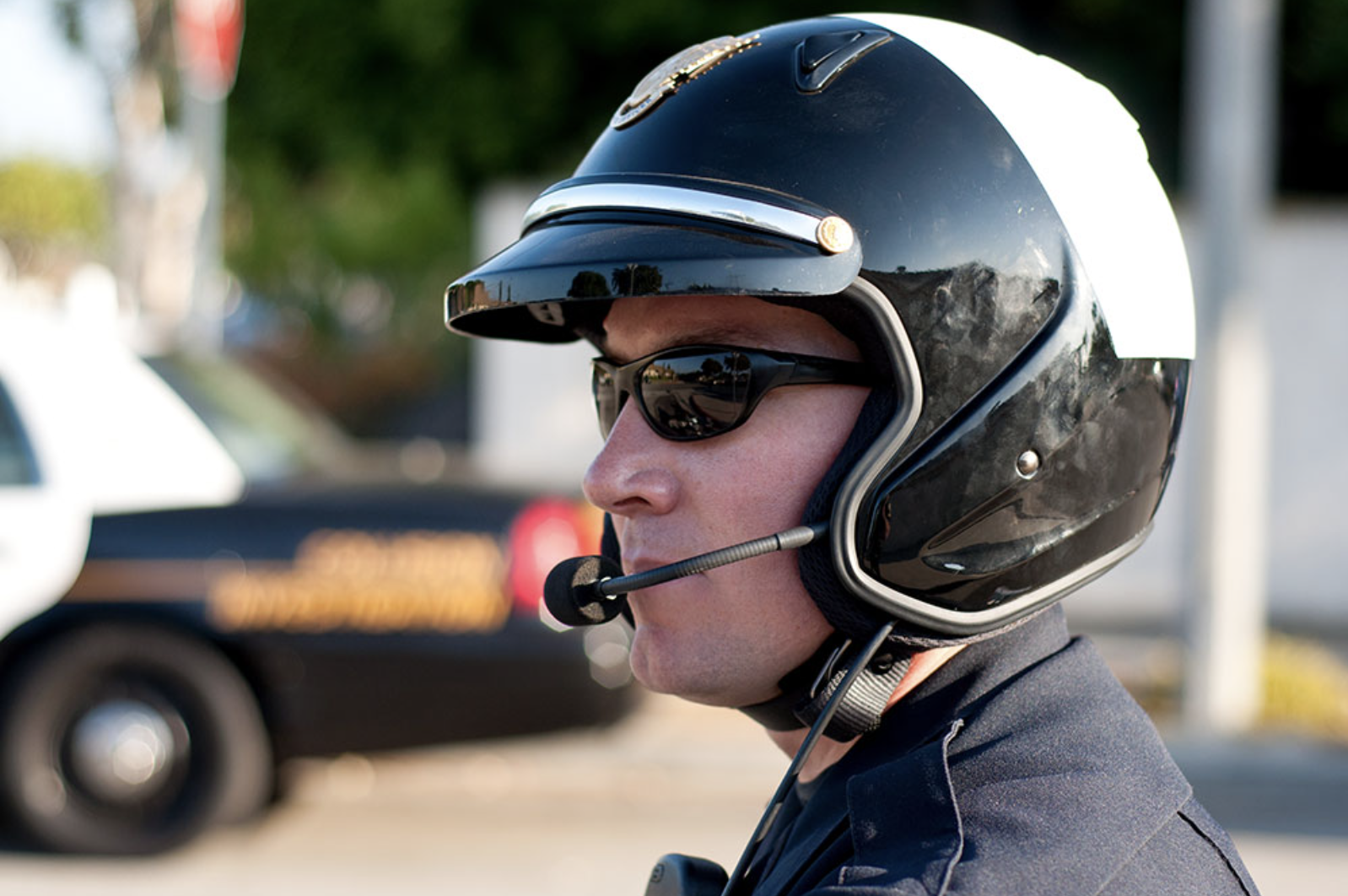FOIA Redaction Software: Must-Have Features for Law Enforcement IT Teams
FOIA redaction software must-have features for law enforcement teams: AI automation, compliance tools, and seamless integration to process video.

Body-worn cameras aren't just recording devices anymore—they're the digital backbone of modern policing.
Almost 50% of general-purpose law enforcement agencies have acquired BWCs, and for large departments, that number jumps to 80%, but as far as evidence goes, these cameras are essential. With technology evolving rapidly and vendor ecosystems becoming increasingly complex, choosing the right BWC solution has never been more critical.
Whether you're implementing your first BWC program or upgrading existing systems, the decisions you make in 2025 will impact your department's operations, budget, and officer effectiveness for years to come.
Here's what you need to know to choose wisely.
Officer Stops Truck Doing 116MPH
There are a few main features to keep an eye out for when looking to invest in the right BWCs for your services. Let’s break them down.
This isn't negotiable.
Look for 4K UHD resolution with high dynamic range (HDR) encoding that enables clear detailed images in any ambient lighting.
Low-light performance has dramatically improved—the best cameras now capture usable footage in conditions that were previously impossible just a few years ago.
This allows for full-shift coverage. Since the development of the body camera, one of the most critical concerns for law enforcement users has been battery life.
Today's leading cameras offer 12+ hour battery life with hot-swappable battery options that can double the runtime.
Also look for IP67/IP68 ratings and MIL-STD durability testing.
These need to scale with your needs. Video data storage is one of the most expensive aspects of body-worn camera programs.
Cloud solutions offer automatic updates and easier prosecutor access, while on-premises gives you complete control. Either way, CJIS compliance is mandatory—no exceptions.
This is ideal for critical incidents.
Modern BWCs enable live streaming over 4G/LTE wireless networks for real-time command center visibility. This isn't just about monitoring—it's about officer safety and tactical support during active incidents.
These features eliminate human error.
The best cameras feature Bluetooth connectivity that allows automatic recording when sensors are triggered by weapon release, lightbar activation, sirens, speed thresholds, or door opening.
Some now include AI-powered voice activation that recognizes common phrases and automatically starts recording.
From capture to courtroom. Look for end-to-end AES-256 encryption, tamper-evident security hashes, and immutable audit logs. Your footage is only valuable if it's legally admissible.

This is where many departments get burned—they focus on camera specs and ignore how the system fits their actual workflow.
Here's the landscape of leading BWC manufacturers worth evaluating:
Of course, budget is one of the most important considerations, and you need to make it work for your services. And the truth is, the total Cost of Ownership goes far beyond the camera price.
Colorado's Division of Criminal Justice estimated $1,100 per camera for their statewide grant program, but ongoing costs for storage, software, maintenance, and redaction tools can easily double or triple that annual expense.
Many grant funding sources have been available in recent years, with the Justice Department having awarded significant BWC funding through various programs, including $7.65 million specifically for small, rural, and tribal agencies in 2021.
It’s worth checking to see what opportunities are available.
Don't forget state programs and cooperative purchasing agreements.
Vendor roadmap and update frequency matter more than current specs. Future BWC development depends heavily on battery technology evolution, but also on AI integration, connectivity improvements, and software capabilities.
Customization and scalability for department growth ensure your investment grows with you. Can the system handle specialized units? Multiple agency integration? Varying policy requirements?
Automation tools like CLIPr reduce administrative burden, boosting officer wellness, efficiency, and job satisfaction.
BWCs should make officers' jobs easier, not harder—technology that streamlines reporting and evidence management directly contributes to officer retention and morale.
Today's body cameras are far more than recording tools—they're integrated devices that can enhance officer safety, improve evidence quality, strengthen community trust, and streamline operations.
The key is assessing your needs holistically: technology requirements, personnel impact, legal considerations, and long-term strategy. Don't just buy cameras—invest in a comprehensive solution that supports your officers and serves your community.
Vendors focused solely on hardware specs and storage capacity may be overlooking what matters most. The leading solutions prioritize workflow integration, officer efficiency, and the integrity of digital evidence.
Choose accordingly.
Ready to see how CLIPr integrates with any BWC system to streamline reporting and reduce officer paperwork?
Contact us to learn how BWC integration can transform your department's efficiency while keeping officers focused on what matters most—serving the community.